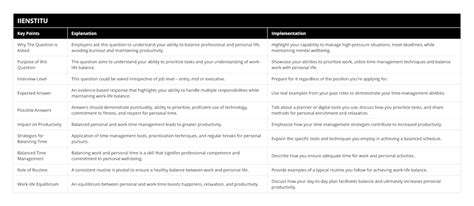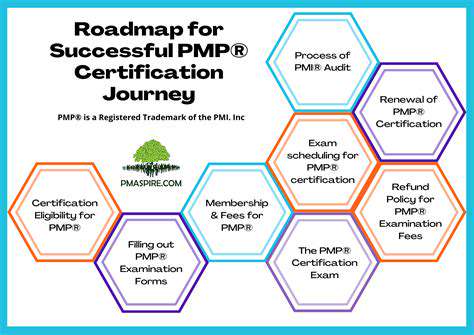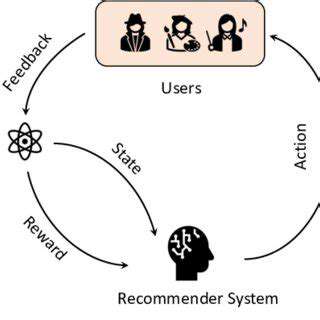New Pet Introductions: Harmonious Households
Before bringing a new furry, feathered, or scaled friend into your home, a thorough assessment is crucial. This isn't just about ensuring your living space is suitable; it's about understanding your lifestyle and your family's dynamics to determine if a new pet is the right fit for everyone. Consider your current responsibilities, the amount of time you can dedicate to training, feeding, and caring for a new companion, and the potential impact on your daily routines. A thoughtful evaluation of your current home environment will significantly contribute to a harmonious introduction and a long-lasting bond with your new pet.
Factors to consider include the size and layout of your home, the presence of small children or other pets, and any existing allergies or sensitivities. A well-planned approach will alleviate potential conflicts and ensure a positive experience for everyone involved. Don't rush this step; a careful evaluation is key to a successful pet adoption.
Understanding Your Lifestyle: A Match Made in Harmony
Your lifestyle significantly impacts your ability to provide a nurturing and enriching environment for your new pet. Do you lead a busy, fast-paced life, or are you more relaxed and have ample free time? The energy level and needs of different pet types vary greatly. A high-energy dog, for example, may require more exercise and mental stimulation than a low-key cat or a quiet fish. Understanding your schedule and your personal energy levels will help you choose a pet that complements your lifestyle and avoids potential frustrations for both you and your new companion.
Consider your work schedule, family commitments, and social activities. A thoughtful consideration of your available time for walks, playtime, and grooming will help you make an informed decision and ensure you can meet the needs of your new pet. A well-matched lifestyle will foster a strong and healthy bond.
Home Environment: Creating a Safe Haven
A safe and comfortable living space is essential for your new pet's well-being. Assess your home for potential hazards, such as poisonous plants, small objects that could be ingested, and areas where pets might escape or get injured. For example, securing electrical cords and ensuring secure fencing for outdoor spaces is essential to prevent accidents. Modifying your home to accommodate a new pet will not only safeguard them but also promote a sense of security and prevent potential problems.
Consider the specific needs of different animals. A dog might require a designated sleeping area and access to outdoor space, while a cat might prefer a variety of climbing and scratching opportunities. Creating a tailored environment that meets your pet's needs will contribute significantly to their happiness and reduce stress.
Pet-Proofing Your Home: A Necessary Step
Pet-proofing your home is a critical aspect of ensuring a safe and enjoyable environment for your new companion. This involves identifying and mitigating potential hazards that could harm or injure your pet. Consider securing potentially dangerous items, like cleaning supplies and medications, and covering electrical outlets to prevent accidental shocks. It's also important to remove any plants that are toxic to pets. Understanding your new pet's needs and preferences is key to creating a safe environment for them to thrive.
Training and Socialization: Setting the Stage for Success
Training and socialization are essential components of ensuring a harmonious relationship between you and your new pet. Early socialization with other animals and people is crucial for developing well-adjusted and well-behaved pets. This includes providing positive reinforcement and consistent training methods that meet the specific needs of your new companion's breed and personality. Proper training will help establish clear boundaries and expectations, leading to a more manageable and enjoyable pet ownership experience. A well-trained pet will be a joy to have around.
Creating a Safe and Secure Space for Your New Pet
Choosing the Right Pet
Selecting the right pet for your lifestyle and home environment is crucial for a harmonious introduction. Consider factors like space limitations, your family's activity levels, and your individual experience with pet ownership. Researching different breeds or species, understanding their specific needs, and considering potential long-term commitments is essential before bringing a new furry, feathered, or scaled friend into your home. This careful consideration will set the stage for a positive and successful relationship, ensuring the happiness and well-being of both you and your new companion.
Thorough research into the specific needs of the pet, such as dietary requirements, exercise needs, and potential health concerns, is essential. Understanding these needs beforehand will help you provide the best possible care, promoting both their health and happiness from the very beginning. Don't just focus on the initial excitement; think about the long-term commitment and whether your lifestyle aligns with the demands of pet ownership. This proactive approach will ensure a smooth transition and a lasting bond.
Creating a Safe Space
Before your new pet arrives, create a designated, safe space for them. This area should be well-protected from hazards and provide a sense of security. It could be a room, a part of a room, or even a specific area within a larger space. Ensure this space contains essential items such as food and water bowls, a bed or comfortable resting spot, and any toys or enrichment materials.
Keep this space free from potentially hazardous items like cleaning supplies, medications, electrical cords, and anything small enough to be ingested or pose a choking hazard. A safe haven is paramount for a new pet feeling at ease and comfortable in their new surroundings. This will ease the transition and allow them to become familiarized with their new environment without fear or stress.
Introduction to the Existing Household
If you have other pets, introduce them gradually and supervised. Allow for scents to mingle first, but keep the initial interactions brief and controlled, allowing both animals to adjust to each other's presence. Positive reinforcement and patience are key during this phase. Avoid forcing interactions and respect each pet's individual space and comfort level. This careful approach will minimize potential conflicts and anxieties.
Understanding Pet Body Language
Learning to recognize and interpret your pet's body language is vital for a harmonious introduction. Observe subtle cues like tail wags, ear positions, and vocalizations. Understanding these signals can help you identify potential discomfort, fear, or aggression early on. This knowledge will help you intervene proactively and ensure the safety and well-being of all involved.
Establishing a Routine
Establish a consistent daily routine for your new pet, including feeding times, playtime, and rest periods. Consistency provides a sense of security and predictability, which is particularly important for a new pet adjusting to a new environment. A routine will help them adapt more quickly and become more comfortable in their new surroundings. It also helps you anticipate their needs and ensure that their basic needs are being met.
Handling and Care
Handling your new pet gently and respectfully is crucial for building trust and positive associations. Spend time getting to know your pet's personality and comfort level with touch. Avoid forceful handling. Positive reinforcement techniques, like rewarding calm behavior, are highly effective in shaping your pet's response to handling. This will help them feel secure and comfortable with human interaction, promoting a strong bond between you and your new pet.
Addressing Potential Challenges
Be prepared to address any potential challenges that may arise during the introduction process. These challenges could include fear, aggression, or destructive behaviors. Seek professional guidance from a veterinarian or animal behaviorist if needed. Addressing challenges proactively can prevent escalation and ensure a smooth transition. Patience, understanding, and a proactive approach will help you overcome any hurdles and create a loving and lasting relationship with your new pet.

Building a Strong Bond Through Positive Reinforcement

Fostering Connection and Trust
Building a strong bond with someone, whether it's a romantic partner, a close friend, or a family member, requires consistent effort and a genuine desire to connect. It's about actively listening to their thoughts and feelings, validating their experiences, and demonstrating empathy. Active listening is paramount, ensuring that you truly understand their perspective and not just waiting for your turn to speak. This involves paying attention to not only their words but also their body language and emotional cues.
Creating a safe and supportive environment is crucial for fostering trust and intimacy. Open communication, where both parties feel comfortable sharing their vulnerabilities and concerns without fear of judgment, is essential for a strong bond. This takes time and effort, but the rewards are immeasurable.
Understanding and Respecting Differences
Recognizing and respecting individual differences is vital for building a strong bond. Everyone brings unique perspectives, experiences, and values to a relationship. Embracing these differences, rather than trying to change them, fosters mutual understanding and appreciation. Respecting each other's boundaries is also critical; understanding where each person's limits lie and honoring those limits creates a safe space for growth and intimacy.
Differences in opinions and beliefs should not be seen as obstacles but as opportunities for learning and growth. By engaging in respectful dialogue and actively listening to different viewpoints, both individuals can gain a deeper understanding of each other and strengthen their connection.
Open Communication and Active Listening
Open communication is the cornerstone of any strong bond. It's about expressing your thoughts and feelings honestly and openly, while also actively listening to the other person's perspective without interruption or judgment. Honest and open communication is a two-way street, requiring both parties to be willing to share their vulnerabilities and listen empathetically to the other.
Being present and engaged in conversations is an important aspect of open communication. Put away distractions, make eye contact, and focus on truly understanding what the other person is saying. This creates a sense of value and importance in the relationship.
Maintaining Consistency and Support
Building a strong bond isn't a one-time event; it's an ongoing process that requires consistent effort and support. This involves actively nurturing the relationship through thoughtful gestures, quality time together, and a willingness to help each other through challenges. Regular communication and shared experiences strengthen the bond over time.
Showing consistent support during both good times and bad is crucial for maintaining a strong connection. Being there for each other during difficult times and celebrating successes together solidifies the bond and demonstrates a commitment to the relationship. This consistent presence and support fosters trust and strengthens the foundation of the bond.












